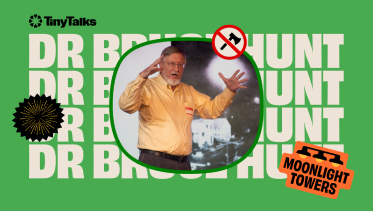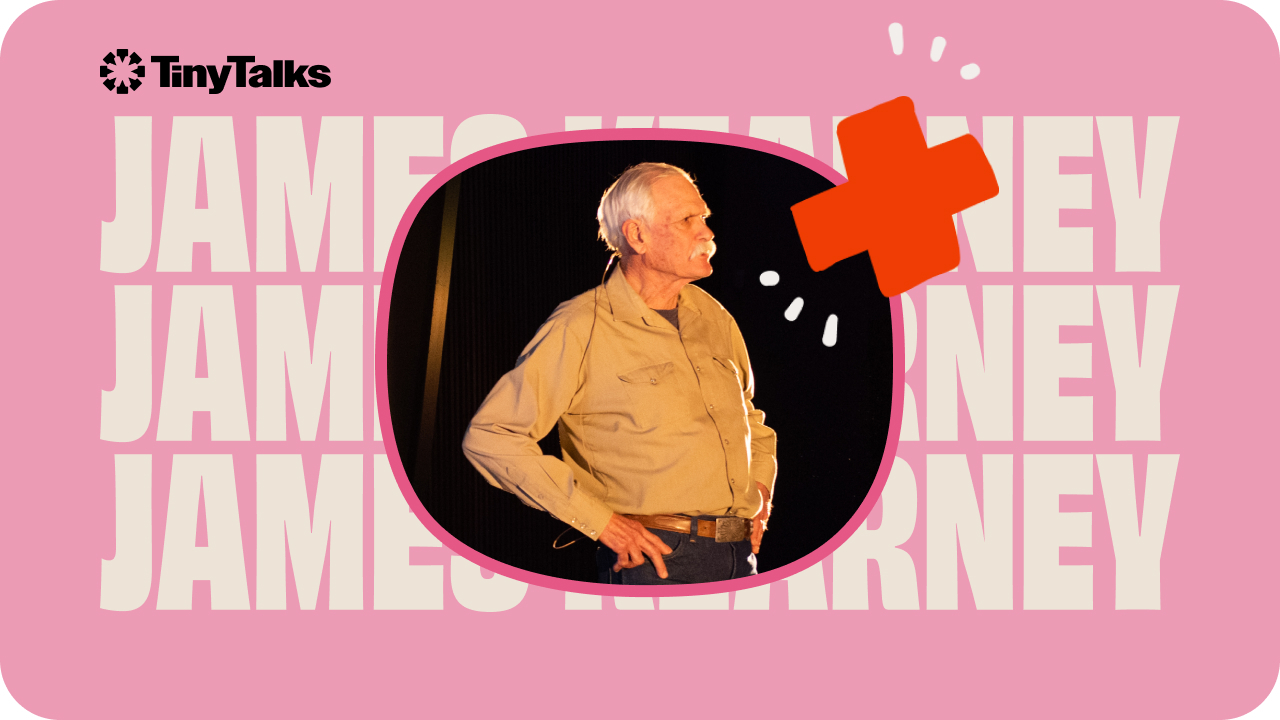Gault and the Peopling of the Americas
Transcript
The story of the peopling of the Americas is an old one. It started in 1590 with a Jesuit priest named Jose de Acosta. He wrote a bestseller about his 15 years in the Americas. And in it he stated, reluctantly, that the natives were human. And he went on to say that, as a priest, he knew that all humans had died except for some people in a big boat in Central Asia who survived a great flood. So he said they must have walked to the new world. He went on to dismiss the idea of a boat journey because they were so primitive in his eyes, they didn’t even have the compass. And also, he’d seen wolves. And since only an idiot would put a wolf in a boat, they must have walked.
Fast-forward to the 1940s when archeological finds established that humans had been in the Americas at least 10,000 years. So that’s when the story we’re familiar with… Moving around Siberia, we said they’re chasing mammoths one day. They get to a land bridge that connects Asia to the new world, and they cross it only to encounter a three-mile-high wall of ice blocking their way, the Cordilleran and Laurentian glaciers, at the end of the Wisconsin and Ice Age. They find a gap between the two ice sheets and an ice-free corridor, and they go through it slaughtering everything they come across, until 37 large animal species are extinct.
That’s the story we all learned. I’ve only added a little sarcasm and a couple of pictures. Let’s look at this from the beginning. I’ve spoken to elementary school kids and even they know that Siberia is one of the coldest places on earth. So no half-naked men. They’re modern humans and they have clothes. They can’t all be men either. That’s not viable. So babies, teenagers, adults, grandma. The evidence for them being big game hunters is a little bit slim. There’s only about 19 confirmed mammoth kill sites in the Americas. And what we know now about mammoth migrations point to mainly North-South tracts rather than East-West.
The sea is 200 feet lower at the time, so there is land between Asia and the Americas, but it’s not a bridge. The word bridge in any language assumes a decision, “Do I cross it or not? Is there a toll? Is there a troll?” Right? What they would encounter is a continent called Beringia. And Beringia is 1600 miles wide. It’s not a bridge. Now we get to the ice. The Cordilleran ice goes from the mountains to the sea. The Laurentian ice sheet still covers five million square miles of North America. But they begin to melt about 16,000 years ago.
First, there’d be a raging river between them, then a paraglacial lake, then eventually a freezing cold swamp. Finally, some dry ground would appear. We have no evidence, however, of any plant or animal life in that corridor until about 12,000 years ago. That’s about a thousand years after we said they arrived. What about those extinctions? Well, we only have evidence for people utilizing about six of the 37 large animals. Because no one’s hunting the saber-toothed cat or the American Lion. My personal favorite is the teratorn. It’s a carnivorous bird with a 24-foot wingspan, and you are all Slim Jims.
Yeah, so none of it works. Then in the 1970s, archeologists found the site of Monte Verde in Chile way down south near the pointy bit. And Monte Verde has human-made tools, structure, and even a footprint at least 14,800 years old, or more than a thousand years before we said people arrived here. So we got an even bigger problem. There are now a number of sites that show that modern humans have been here 25 to 30,000 years ago. One of them is just north of Austin, as John mentioned, the Gault site. And the Gault site is about 40 miles north of Austin, and it has just about everything people would need.
People were coming there over and over again. We found the first evidence for the first Texans being there 18,000 years ago. We actually came to Gault to look for evidence of the Clovis culture, tools indicative of the first named culture in North America, and we did find what we were looking for. We found more than 600,000 artifacts from the Clovis culture. But also, artifacts from 22 other cultures that called central Texas home. This is a place with plenty of water, food, material for making stone tools that people came to again and again. One of our first surprises were stones with incised designs on them, and the oldest ones are representative of the oldest art in the Americas.
We found parts of a mammoth with a Clovis point and 22 butchering tools around it, which makes it one of the few confirmed mammoth kill sites in the Americas. The sheer quantity of stuff was amazing. We had 3% of the site excavated and we had 2.6 million artifacts. In one area we found a stone pavement eight feet square with evidence of structure on it, and the dates associated with it make it the oldest excavated house in the Americas. The biggest surprise for us was found deep underground, 12 feet, and that was stone tools and the bones of animals, 14 to 18,000 years old. So right here in Texas, you can see the major excavation there.
Humans have been here a lot longer than we’d thought. So that’s where we get into this big excavation. Sorry. We recovered more than 130,000 stone artifacts from the lower part, and people will be studying this for years to come. But our analysis is going to be published in a book in the next year or so. You can actually go visit the Gault site. Monthly tours are hosted by the Williamson and Bell County Museums. Archeology is not about people, usually, it’s about material culture. We look at human behavior through their material culture. So we look at your garbage and make assumptions on it. So that’s how we do.
So we look for patterns, and one site is not a pattern. So we look for evidence at other places, and when archeologists find more evidence for that to be able to name the pattern or patterns that come prior to Clovis, then we’ll name that culture. I’ve been arguing for years for the Clark culture. I’m not getting anywhere on that. So it should be apparent to you now that the story you all learned and heard when you were younger is almost completely wrong, right? It’s a scientific hypothesis. It’s an idea based on the best evidence we had at the time.
And of course, as new evidence and new ideas come to the fore, we will eventually name these older cultures. But we do know now that the peopling of the Americas was a process that was a lot longer than we thought and a lot more complex than we thought. So thank you.


















































